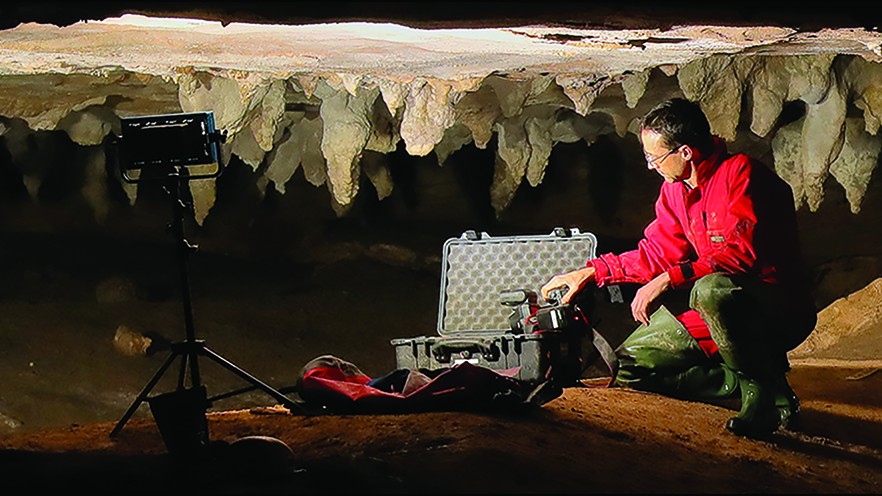
Archaeologists in Alabama have discovered the world’s largest known cave painting, which early indigenous Americans have painted, according to new research.
The specific location of the 19th Unnamed Cave, which is believed to be located on private land in northern Alabama, is a well-kept secret. What’s inside is far too valuable to be lost.
The 19th Unnamed Cave in the Southeastern United States is the largest of all known cave art sites. Simek and his colleagues have been meticulously documenting these locations for decades. They claim in a new study published today in the journal Antiquity that the 19th century had even more images than can be visible to the human eye.
As per media sources, a 1,000-year-old photograph of a 10-foot-long (3-meter) rattlesnake has shattered all records.
Indigenous Americans used mud to create this image and other paintings on the cave’s walls and ceiling. According to scholars, it also depicts spirits from the underworld.
Richest site for Native American cave paintings
Hundreds of such drawings are likewise present in this cave. According to the researchers, it is highly likely to be the richest site for Native American cave art in the American Southeast.
The team used photogrammetry to investigate this work of art. This method entails digitizing a large number of photos to create a virtual 3D model. The researchers used this strategy to discover five previously undiscovered huge cave artworks known as glyphs.
“This methodology allows us to create a virtual model of the space that we can manipulate. In this particular case, the ceiling of the cave is very close to the floor. So, your field of vision is limited by your proximity to the ceiling. We never saw these very large images because we couldn’t get back far enough to see them,” study’s author Jan Simek, professor, Department of Anthropology, University of Tennessee, told Live Science.
After creating the virtual model, “we could look at it from a greater perspective. It allows us to see things in a way that we can’t in person,” Simek also added.
